Restoration of milk and permanent teeth after injuries

specialists

equipment

treatment
General information about dental injuries in children
First aid for a broken tooth in a child
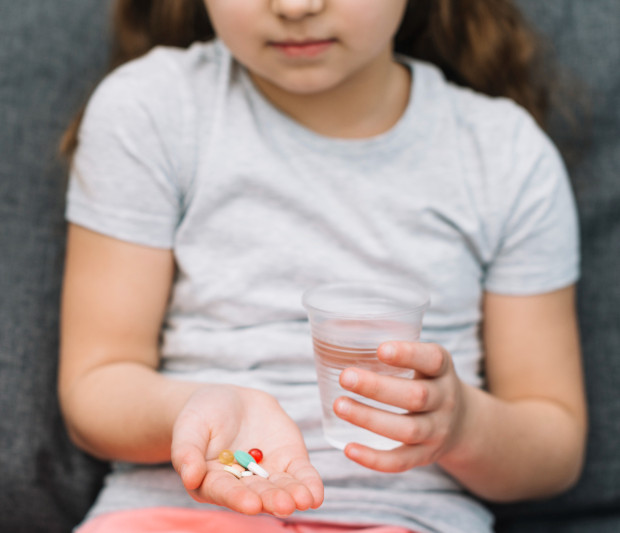
If a child has a tooth fracture, a number of actions must be taken:
- Check the child for other injuries. Make sure there is no concussion or other serious injury
- Collect the tooth fragments. Try to find all the broken pieces
- Save tooth fragments correctly. Place them in saline, milk or purified water
- Avoid foods that are too hot or cold to avoid worsening the pain
- Give your child pain medication. If a child complains of pain, taking a painkiller will help cope with the unpleasant symptom
- Consult your pediatric dentist. The sooner you get to a specialist, the greater the chance of tooth restoration
These steps help reduce the child's discomfort and increase the chances of successful dental treatment.
Stages of treatment of dental injuries in children and prognosis
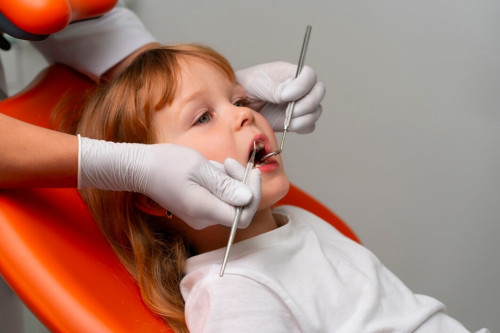
The treatment process consists of several stages and is determined by the characteristics of the injury:
- First stage After receiving a dental injury, you must first contact a medical facility to exclude concomitant injuries (soft tissue injuries, skull injuries, concussions). After a general examination, doctors refer the child to a pediatric dentist
- Consultation with a specialist The pediatric dentist conducts a thorough examination, collecting information about the child’s health and necessary diagnostic procedures, including x-rays. Based on these data, a treatment plan is developed
- Constant surveillance It is important to regularly visit the dentist (every 3-4 months) to prevent complications and monitor the healing process. Observation continues until the tooth is completely restored or for a year after the injury to the molar
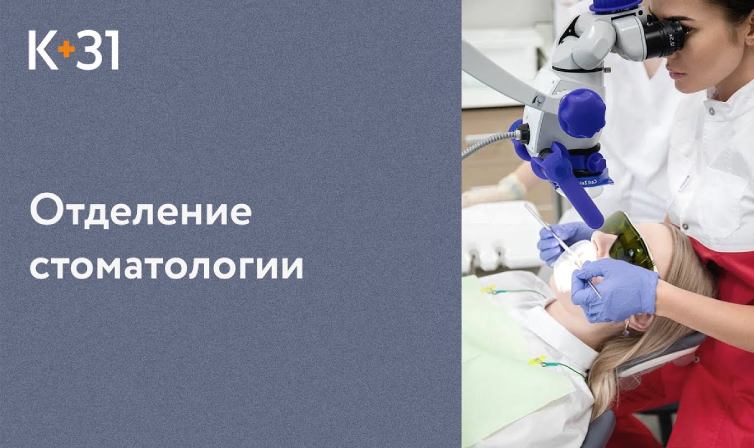
Modern methods of diagnostics and dental treatment at "K+31"
Prevention of dental injuries
The first step is to teach children proper dental care techniques. Parents should teach their children brushing techniques using a soft toothbrush and fluoride toothpaste.
Other recommendations:
- Check toys for sharp or hard elements that could cause injury
- Make sure your child wears a safety helmet during soccer, hockey, and other contact sports
- Purchase soft protective elbow and knee pads if your child is learning to ride a bicycle, skateboard or rollerblade
- Visit your dentist for regular checkups to identify potential problems and treat them early
Be careful to ensure that children do not play excessively on uneven or slippery surfaces, where they could lose their balance and suffer dental injury.
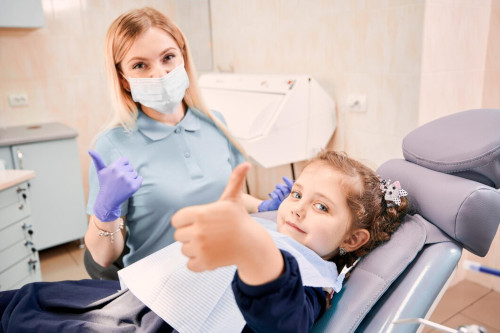
Our doctors

This award is given to clinics with the highest ratings according to user ratings, a large number of requests from this site, and in the absence of critical violations.

This award is given to clinics with the highest ratings according to user ratings. It means that the place is known, loved, and definitely worth visiting.

The ProDoctors portal collected 500 thousand reviews, compiled a rating of doctors based on them and awarded the best. We are proud that our doctors are among those awarded.
Make an appointment at a convenient time on the nearest date
Price
Other Services

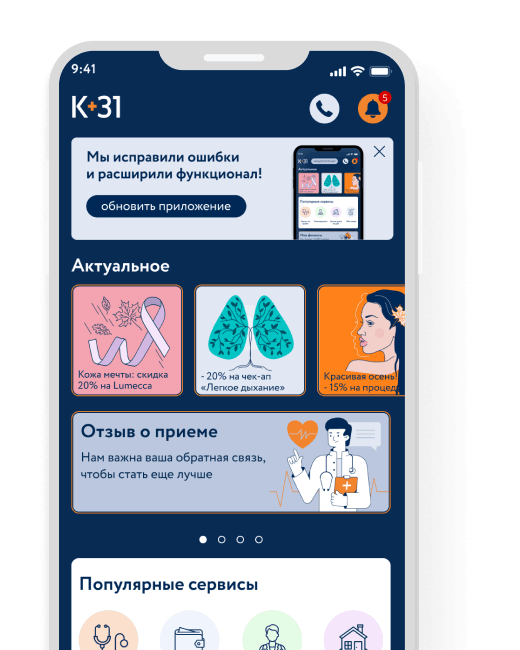
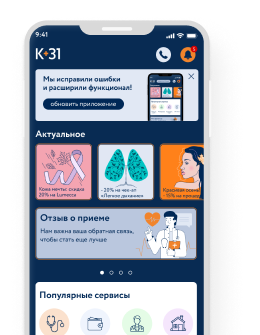


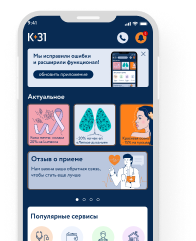
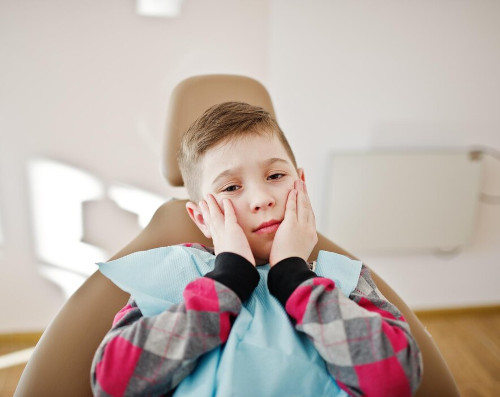
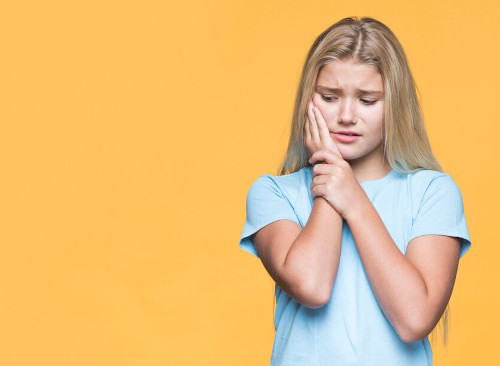













































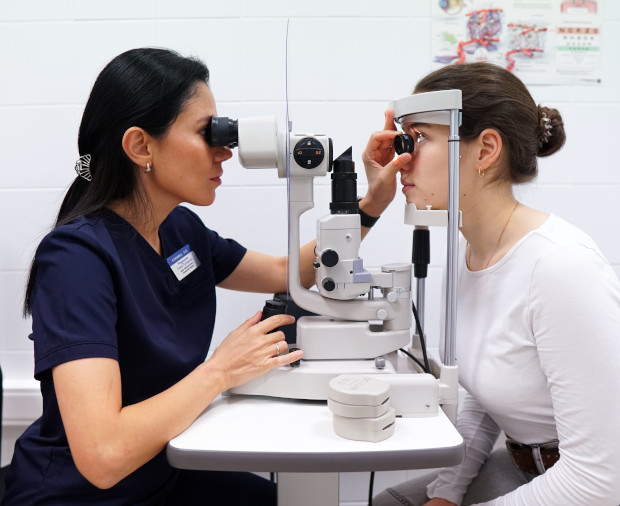


Injuries to children's teeth
Dental damage in children usually occurs due to external influences - blows or falls. Doctors distinguish the following types of damage:
Such injuries may also be associated with neurological disorders. In this case, it is recommended to consult a neurologist. The K+31 clinic employs a qualified and experienced specialist from whom you can get professional advice.